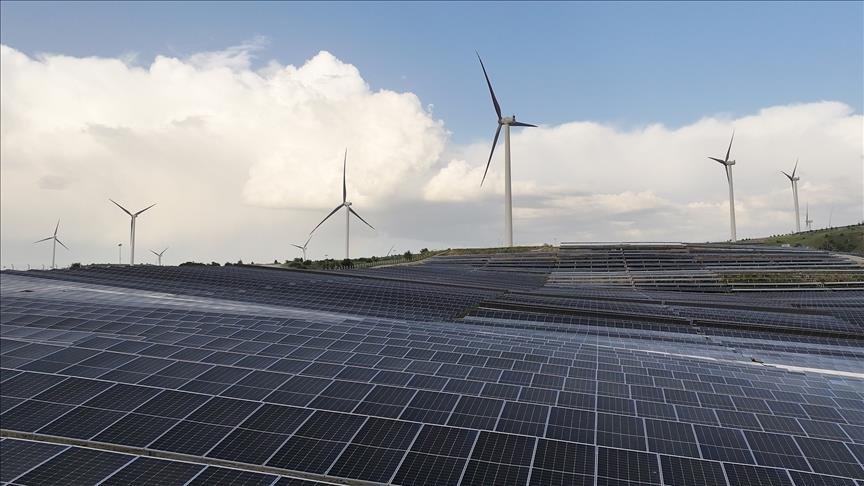A recent report from the London-based Energy Institute highlights a concerning trend in the energy sector: the expansion of renewable energy is not keeping pace with rising global energy demand. In 2024, global energy demand increased by 2%, reaching a record high of 592 exajoules. This surge in demand has led to a continued reliance on fossil fuels, which accounted for 60% of the energy supply.
The report, titled “Statistical Review of World Energy,” produced in collaboration with consultancies KPMG and Kearney, reveals that while renewable energy sources such as wind and solar power grew impressively by 16%, this growth was insufficient to replace fossil fuels. Instead, renewables are contributing to an overall increase in energy consumption. The report emphasizes that this simultaneous growth of both clean and conventional energy is a reflection of the structural, economic, and geopolitical challenges that hinder a coordinated global energy transition.
China remains a dominant player in the renewable sector, responsible for 56% of new renewable capacity additions. Notably, solar power installations in China nearly doubled in the past two years, showcasing the country’s aggressive push towards renewable energy. Wind and solar technologies expanded nearly nine times faster than total energy demand, indicating their rapid adoption. However, fossil fuel consumption also increased by just over 1% last year, further complicating the energy landscape.
Electricity demand itself soared by 4% in 2024, marking a significant shift in the global energy paradigm. This growth indicates that electricity is becoming a primary energy source, reshaping how energy is consumed worldwide.
Despite advancements in renewable energy, average global temperatures have exceeded the 1.5°C threshold, resulting in energy-related greenhouse gas emissions rising by 1%. This marks the fourth consecutive year of record emissions, underscoring the urgent need for a more effective alignment between energy consumption and climate objectives.
In terms of fossil fuels, crude oil demand in OECD countries stabilized after a slight decline in the previous year, while consumption in non-OECD nations, which are home to most of the world’s demand growth, rose by 1%. Interestingly, China reported a decrease in crude oil use by 1.7%, suggesting a potential peak in its consumption trends.
Natural gas demand also saw a rebound, increasing by 2.5% in 2024 as markets recovered from a downturn in 2023. In contrast, India’s coal consumption rose by 4%, reaching levels comparable to the combined demand of several regions including the CIS, Southern and Central America, North America, and Europe.
Andy Brown, President of the Energy Institute, commented on the findings, stating that the data reflects a complex picture of the global energy transition. He noted the rapid electrification, especially in developing economies, where access to modern energy sources is expanding. However, he reiterated that the pace of renewable deployment is being outstripped by overall demand growth, which continues to be met predominantly by fossil fuels.
Nick Wayth, CEO of the Energy Institute, pointed out that all major energy sources, including nuclear and hydropower, reached record consumption levels in 2024. This marks the first instance of such widespread growth since 2006, driven by the increasing global demand for energy. The report’s findings highlight the ongoing challenges in achieving a sustainable energy transition while addressing the growing appetite for energy worldwide.




